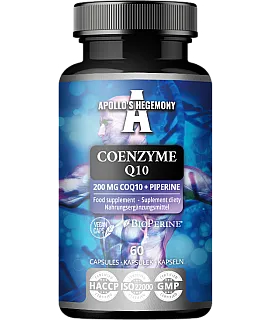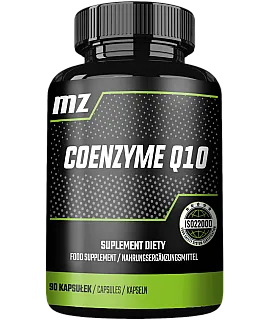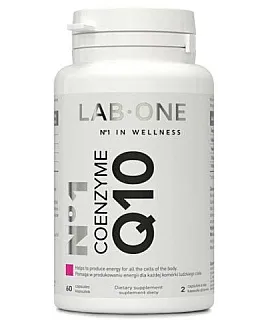Coenzyme Q10 - what is it and what properties does it have?
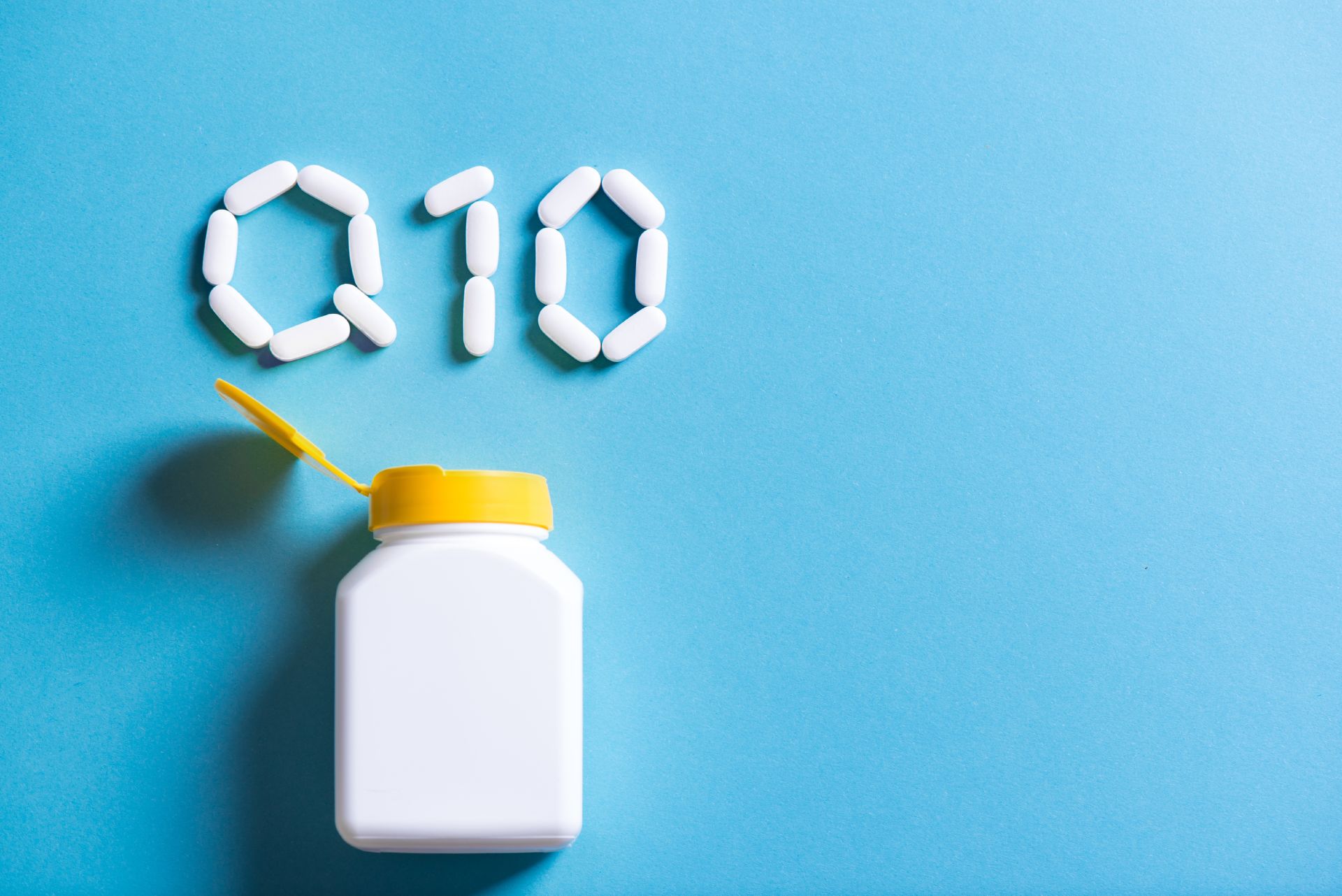
Antioxidants are getting a good reputation as more and more of the public realizes the importance of controlling oxidative stress. Coenzyme Q10 is one of the most interesting and versatile antioxidants that simultaneously controls energy production in the mitochondria.
Coenzyme Q10 is most commonly used to support the health of the heart, brain, muscles and immune system, but it is also great for general preventive health care. In this article, we'll examine exactly what coenzyme Q10 is, what properties it has, and how supplementation with it can help. Read to the end!
- What is coenzyme Q10?
- Types of coenzyme Q10
- Properties of coenzyme Q10 for humans
- When are there coenzyme Q10 deficiencies?
- Q10 supplementation and dosage
- Sources of Q10 in the diet
- Summary
What is coenzyme Q10?
Coenzyme Q 10 (CoQ10), also known as ubiquinone, is an organic chemical compound from the quinone group that is found in the mitochondria of animal and plant cells. It is endogenously produced from tyrosine, and as many as eight vitamins are involved in the process. It is fat-soluble and has vitamin-like effects, although it does not meet the definition of a vitamin.
It is an efficient antioxidant. It has a key function in the process of cellular respiration and the production of energy molecules ATP. For this reason, the highest concentrations of coenzyme Q10 are found in tissues with high energy consumption, such as the heart, kidneys, liver and muscles. In the body of a healthy person, the total coenzyme Q10 content is usually between 0.5 and 1.5 grams.
Coenzyme Q10 is a popular ingredient in dietary supplements and cosmetics. It is even one of the most popular dietary supplements in the world, behind fish oil and multivitamins. This should come as no surprise, as Q10 works at its core and has a ton of health properties, affecting a number of non-infectious ailments.
Types of coenzyme Q10
Above we wrote mainly about ubiquinone (oxidized coenzyme Q10), as the primary form of coenzyme Q10. Both in the body and in dietary supplements there is also its more advanced, active form - ubiquinol (reduced coenzyme Q10).
Dietary supplements usually contain ubiquinone, as its cost of acquisition is lower, and in many people it is converted to the active form with sufficient efficiency anyway. The efficiency of the coenzyme Q10 activation process decreases with age, so the older a person is, the greater the benefit of changing ubiquinone to ubiquinol may be.
Properties of coenzyme Q10 for humans
It is one of the substances that we need to function properly. Due to the very universal action of coenzyme Q10 and its occurrence in all tissues, its properties affect literally the entire body.
Effects on the heart and cardiovascular system
The heart is one of the main "stores" of coenzyme Q10. When it starts to be in short supply, the heart is sure to feel it, and we with it. Constantly pumping blood 24/7 is a tough task that requires an adequate supply of energy, and for this Q10 is essential.
In many scientific publications, coenzyme Q10 is described as a substance with great potential for reducing the risk of cardiovascular disorders. Oxidative stress and mitochondrial dysfunction are significant factors in the pathogenesis of diseases of this system. Potential benefits also include effects on blood pressure and atherosclerotic lesions. With this in mind, coenzyme Q10 can indeed do a lot of good.
Effects on the brain and neurodegenerative diseases
Coenzyme Q10's action profile is very conducive to brain health, particularly its protection against various types of damage. Many preclinical studies point to the neuroprotective properties of coenzyme Q10. The brain consumes a great deal of energy - up to 20% of the body's energy requirements, despite the fact that its mass is only 2% of the total body weight.
The role of coenzyme Q10 in the process of ATP production is invaluable for the brain. Also very important is the fact of antioxidant activity, since free radical damage is a serious risk factor for the nervous system.
Effects on the immune system
Coenzyme Q10 can influence the immune system, regulating inflammatory processes by, among other things:
- influencing the expression of relevant genes,
- regulating pH in lysosomes,
- covering energy needs for immune activation,
- protecting phagocytic cells from self-destruction.
The effect of Q10 on the immunity of athletes, which is often tarnished by frequent, prolonged and heavy training, which is a stress on the body, is well known. Several clinical studies have noted that coenzyme Q10 supplementation can support the immune system and reduce the risk of upper respiratory tract infections in intensively trained individuals.
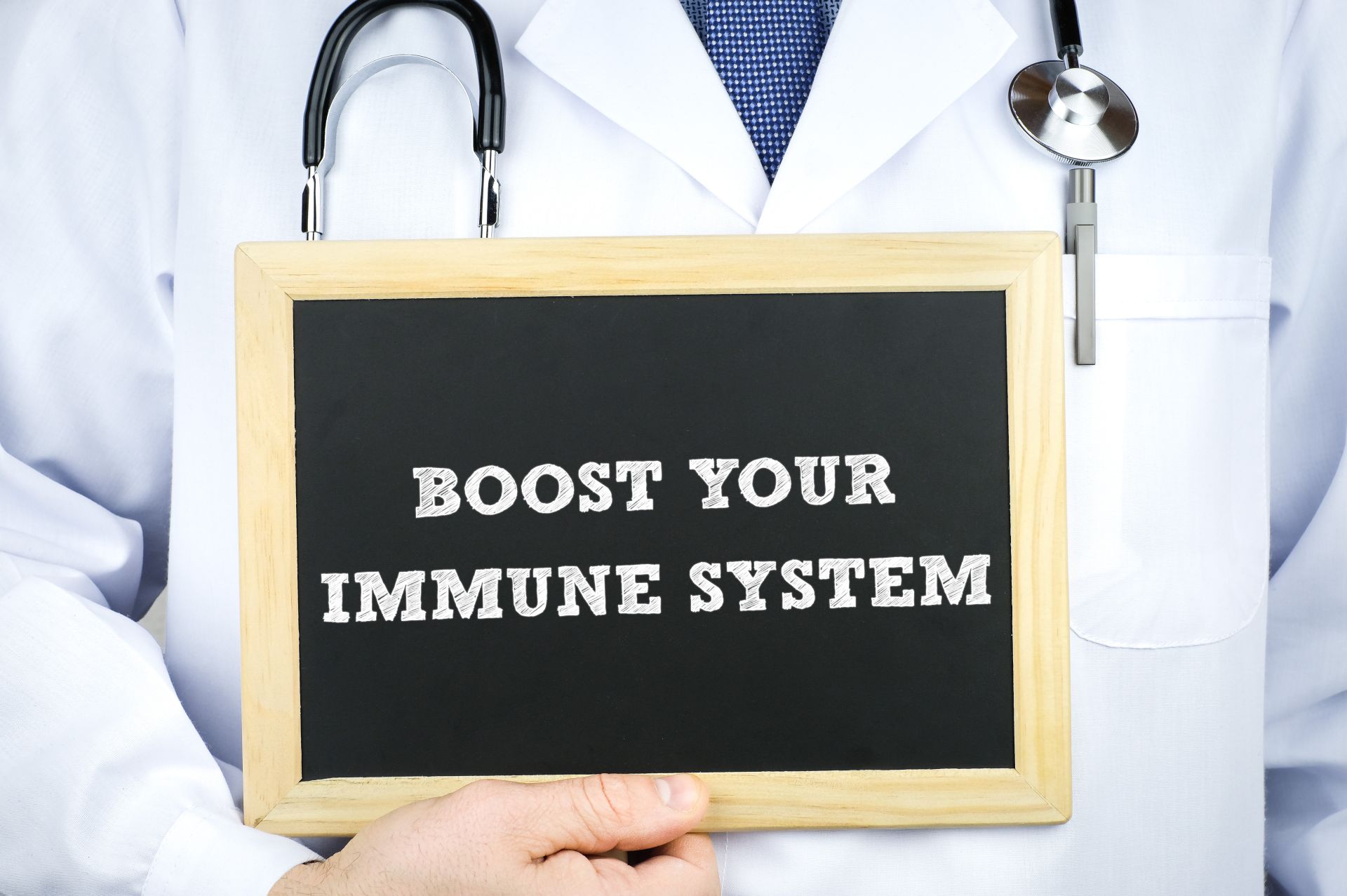
When are there coenzyme Q10 deficiencies?
Various factors can cause insufficient availability of coenzyme Q10. These can include genetics, old age, and treatment with statins, or cholesterol-lowering drugs.
Statins can reduce CoQ10 concentrations because HMG-CoA reductase inhibitors inhibit the production of mevalonate, which is not only a precursor to cholesterol, but also to coenzyme Q10. Unfortunately, few people implement coenzyme Q10 supplementation during treatment with statins, and this could be a way to reduce side effects and maintain optimal health.
CoQ10 deficiencies have been noted in various conditions in which oxidative stress plays a significant role, such as neurodegenerative diseases, diabetes, cancer and cardiovascular disease.
Q10 deficiencies will be most strongly manifested by organs with a high density of mitochondria, where it naturally occurs most. For this reason, Q10 deficiencies are often accompanied by myopathies and neuropathies.
Q10 supplementation and dosage
The optimal dose for prevention in most cases is considered to be 90-100 mg of coenzyme Q10 per day. In general, however, doses of 30 to 400 mg per day are used. In extreme, medical cases, protocols with higher dosages, up to 1,200 mg per day, are used.
It is recommended to take coenzyme after meals to achieve the best absorption. The addition of fat in a meal is also welcome. Large daily doses are worth dividing into smaller portions and taking several times to maximize benefits.
Different forms of supplements
Q10 can come in a variety of forms. Often there are hard capsules, but there are also tablets, fat-filled softgels, or a liquid form.
Coenzyme Q10 in general also has rather poor stability and low bioavailability in its basic form, which is why there are supplements with additives designed to increase bioavailability or manufactured with specific technology. Examples include liposomal coenzyme Q10 or the addition of piperine extracted from black pepper fruit.
Side effects of coenzyme Q10
Coenzyme Q10 supplementation is considered very safe. Serious side effects are not noticed even at high doses. At mega doses, only mild discomforts such as indigestion were occasionally noticed, which could be due to the increased amount of the fatty carrier.
Sources of Q10 in the diet
In small amounts, Q10 is contained in a large number of foods. It is found in many fruits, vegetables and cereals in concentrations ranging from 1 to 10 mg per kg.
The richest sources of CoQ10 (10 to 50 mg/kg) in the diet are:
- meat,
- fish,
- nuts,
- some oils.
To increase the supply of Q10 from foods , preferred products will be offal, especially hearts and livers. These animal organs can contain from 30 to as much as 200 mg per kg.
Statistically, we consume a few mg of coenzyme Q10 each day in a standard diet.
Summary
Coenzyme Q10 is a multifunctional antioxidant, particularly important for the organs that consume the most energy: heart, brain, muscles, kidneys, liver. Working in the mitochondria, it takes care of maintaining a smooth supply of energy for cells, and this is a critical parameter for the health of the entire body. In supplementation, Q10 has applications both in general prevention and in supporting the body in specific disorders. Elderly people, athletes and those with diseases in which coenzyme Q10 availability is documented to be reduced will notice particular benefits.
Sources:
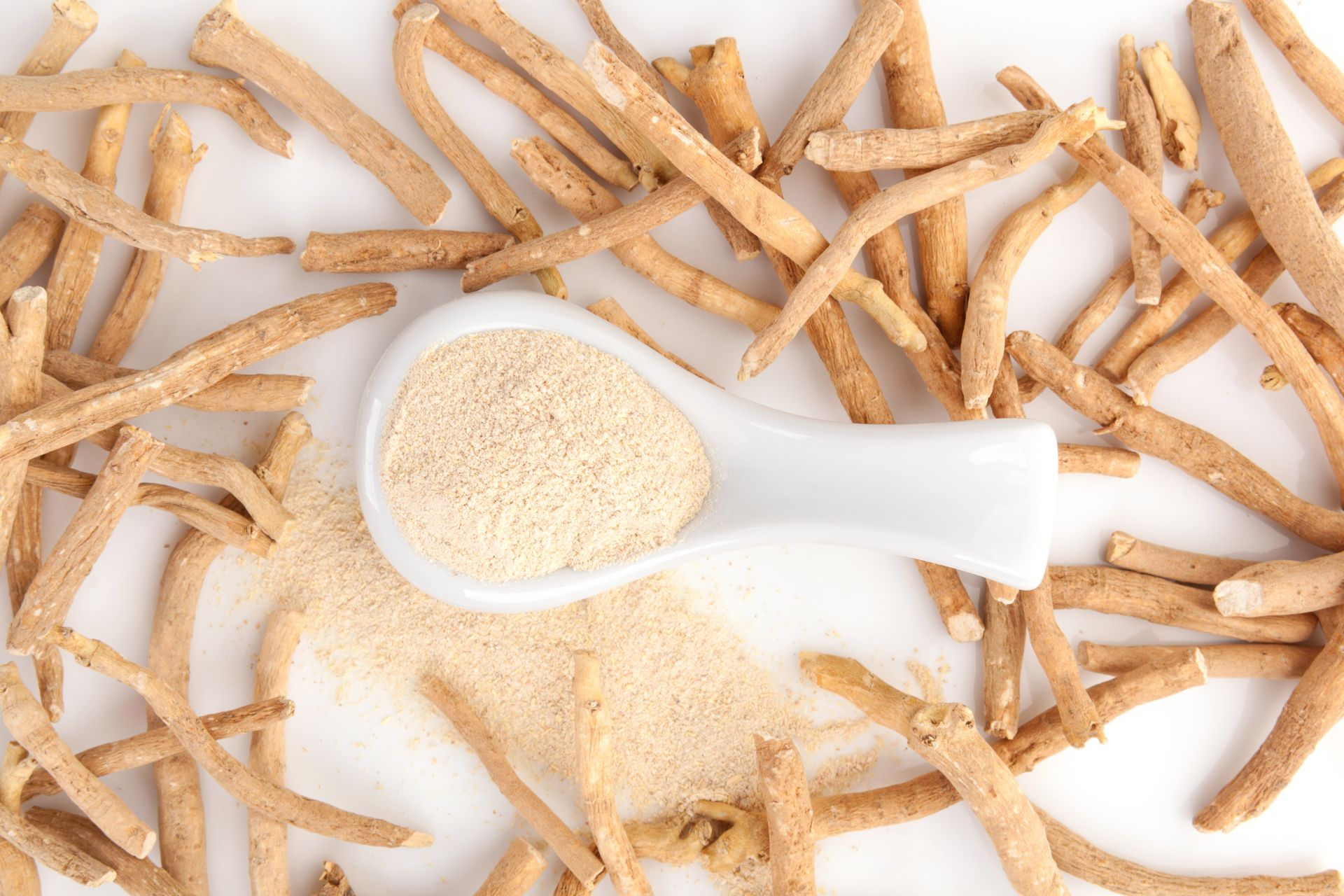 ⮜ Previous article
⮜ Previous article
Ashwagandha in pregnancy - is it safe?
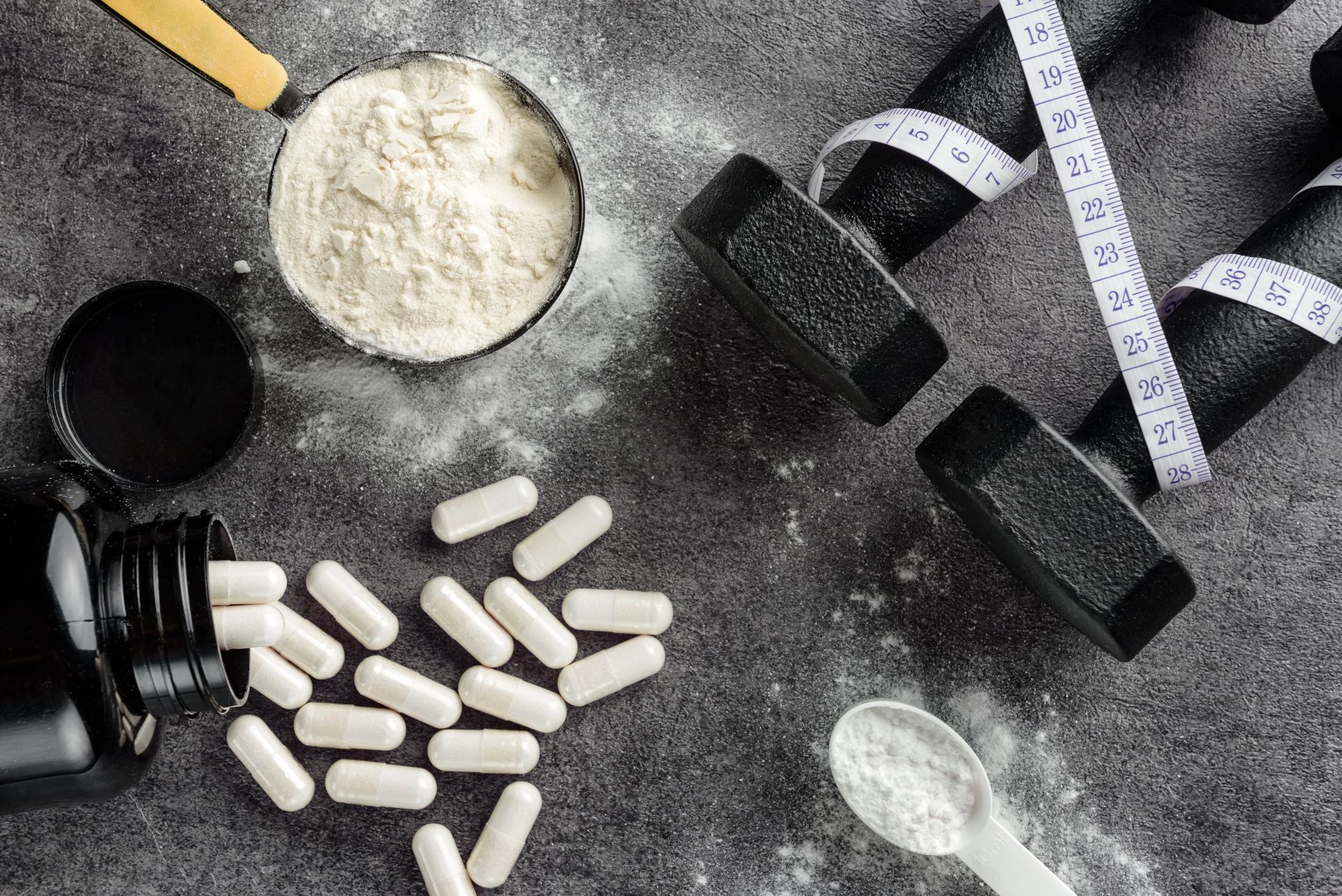 Next article ⮞
Next article ⮞
